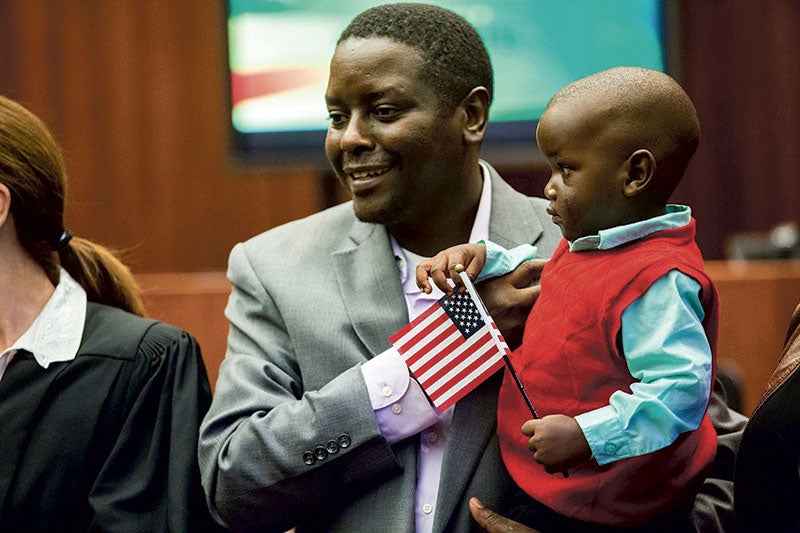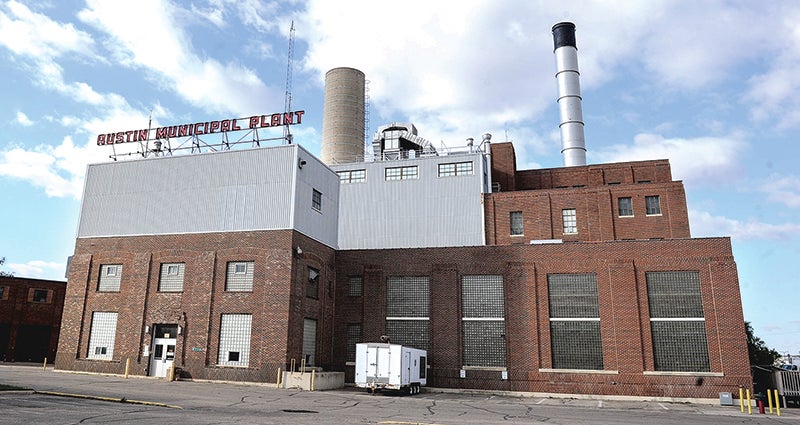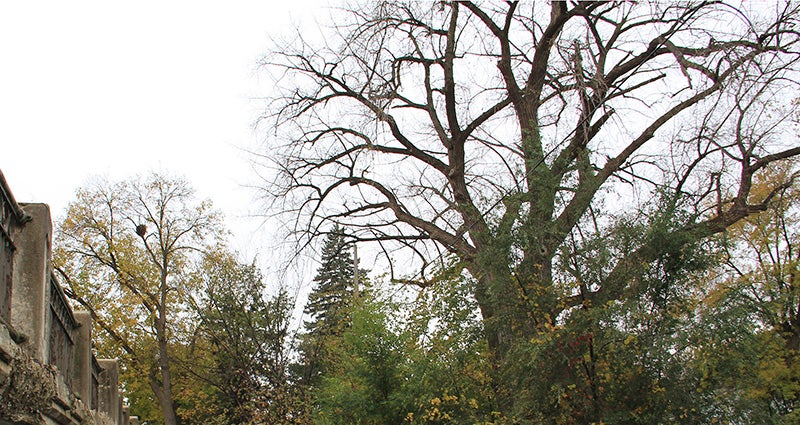County board gives funds to visitors center project
Published 10:27 am Wednesday, April 2, 2014
Commissioners still lukewarm on funding Vision 2020 initiatives
The county board voted to give $2,500 to the first phase of a proposed Austin visitors center project Tuesday, but the board is still firmly on the fence when it comes to giving county dollars to Vision 2020.
The board voted 3-2 to give Vision 2020’s Gateway to Austin committee the money, with Commissioners Tony Bennett and Tim Gabrielson voting no, and Mike Ankeny, Jerry Reinartz and Polly Glynn, who hesitated a few moments before casting what would be the deciding vote, voting yes.
But at least one Vision 2020 leader hopes the board’s money proves a wise investment. Gateway to Austin Committee Chairman John Gray said he hopes the visitors center will one day draw visitors in and get them to spend money in the community.
“We want it to be a first-class visitors center that really showcases our area — Austin and Mower County,” he said.
First, the Gateway to Austin Committee is working with the Minnesota Department of Transportation to form a manual for bridgework and landscaping along Interstate 90 to improve the roadway in Austin and make it look more appealing.
“It’s going to be a real attractive corridor,” Gray said.
The second focus is to create a visitors center along Interstate 90 that will be a pit stop and a way to educate travelers on what Austin and Mower County has to offer. The Austin Convention and Visitors Bureau would likely be housed in the visitors center, according to Gray.
“It has the great potential to bring new business and new jobs into the community,” Gray said.
Gray said RSP Architects — the project’s architect — and Vision 2020 leaders will meet with the public to see what they want in a visitors center. Then, RSP Architects will identify the top potential locations and possible costs.
Gray said the visitors center could be a hub for local bike trails where people could park before using the trail.
But county board members were hesitant to support the project. They voiced concern it — like many Vision 2020 projects — will just be an Austin project that doesn’t affect outlying communities.
“This could be a wonderful thing for Austin,” Glynn said. “I think it could be a hard sell for LeRoy and Grand Meadow and Adams and Taopi and Racine.”
Gray tried to dispel the notion that Vision 2020 is just an Austin movement, arguing the ideas for the projects came from all Mower County residents. Gray said the CVB already promotes the Mower County Fair, Four Daughters Vineyard and several other Mower County attractions. He told the board Vision 2020 will benefit the entire county.
“It’s not just about Austin; it’s about all of us,” he said.
Commissioners also asked how the building will be funded — both during construction and then for day-to-day operating costs. The Hormel Foundation will play a big part, but Gray said they’ll also look for grants and other funding sources.
“I know for a fact that the foundation’s going to step up big time for it,” he said, adding foundation leaders still want other local sources of funding and community buy-in.
Ankeny noted the Apple Lane Childcare Center is an example of a community project built partially with foundation funding that’s now self-sufficient.
“It does have to be revenue neutral so it pays for itself,” Gray said.
Phase one of the project will largely focus on research — planning, programming, funding and budgeting — for the visitors center. Gray said most questions voiced by the board should be answered before moving into the second phase, which would likely include construction, should the project move forward.
Ankeny spoke favorably of the project, noting his goal on the board has been to improve the relationship between the city and county. He saw this project as an opportunity to do that.
“Personally, I think it’s something that we need to look at,” he said.
While Reinartz said he hasn’t seen the community get behind another project like Vision 2020 in his 40 years in Austin, he also said rural constituents have voiced their concern about the county supporting Vision 2020. Reniartz said the board supports Vision 2020’s goal, but he cautioned the board must pick and chose which projects to support. Board members favor spending on more countywide projects like waterways and bike trails.
To Gabrielson, waterways are the only feasible source for county funding.
“The rest of it, I can’t buy in on it,” Gabrielson said.
Bennett proposed the county give a lump sum to Vision 2020 and then the group can decide how to spend it, then the board doesn’t have to pick and chose by each project. The county has funds set aside for economic development, water planning and other things that come up during the year, so commissioner’s said the county’s money to Vision 2020 won’t directly come from the levy.
Gray argued little Vision 2020 has come directly from taxes. To date, Vision 2020 has spent about $3 million, but less than 3 percent has come from local government, according to Gray. More than 300 volunteers serve on Vision 2020 committees.
The City Council also gave $2,500 and is acting as the fiscal agent for the project. The city and county will cover $5,000 of the $42,000 for the first phase of the project. The Hormel Foundation will cover much of the rest.
“I truly believe it’s an investment in the future of our community,” Gray said.




